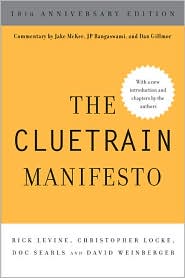September 16, 2013
Most American cell owners access Net from their mobiles
There’s a new Pew Internet [twitter: @PewInternet] report on American access to the Internet via mobile phones. Here’s a summary from their PR mailing:
The main finding is that 63% of adult cell owners now use their phones to go online, a figure that has doubled since we first started tracking internet usage on cell phones in 2009. In addition, 34% of these cell internet users say that they mostly go online using their cell phone. That means that 21% of all adult cell owners now do most of their online browsing using their mobile phone—and not some other device such as a desktop or laptop computer.
The full here report is here, for free as usual. Thanks, Pew Internet!








